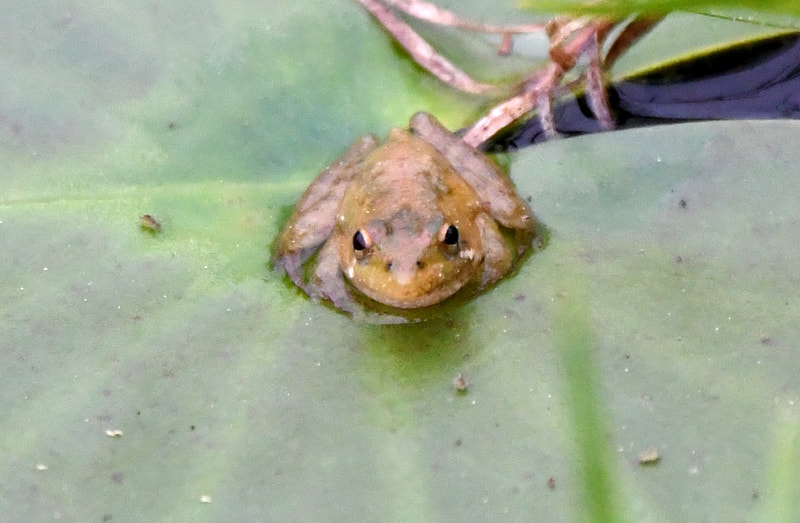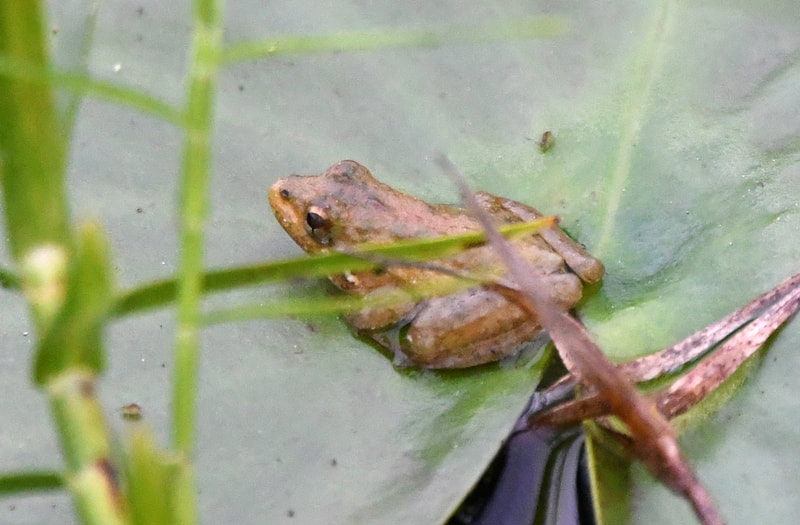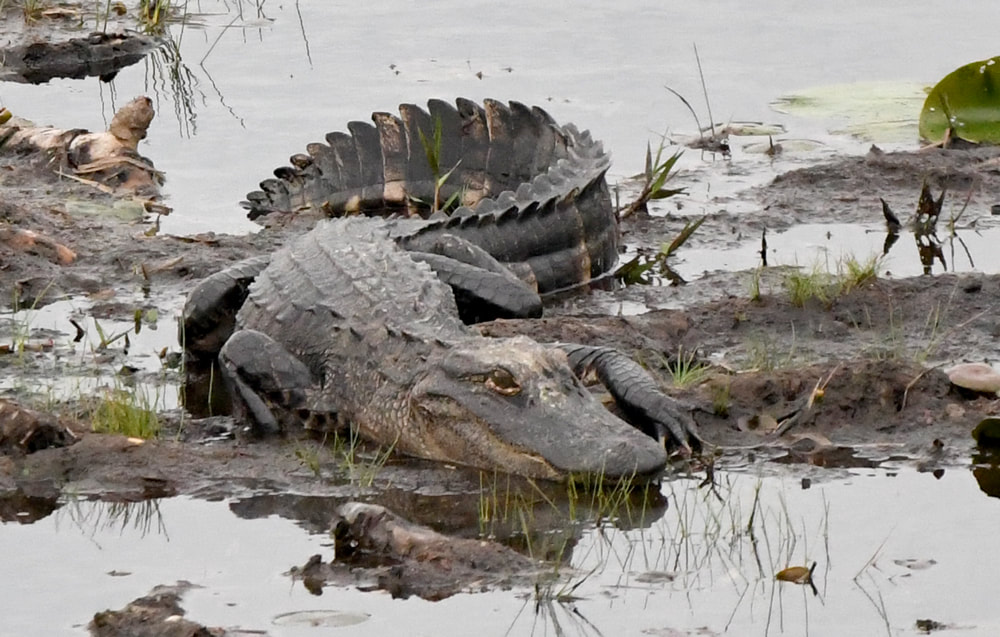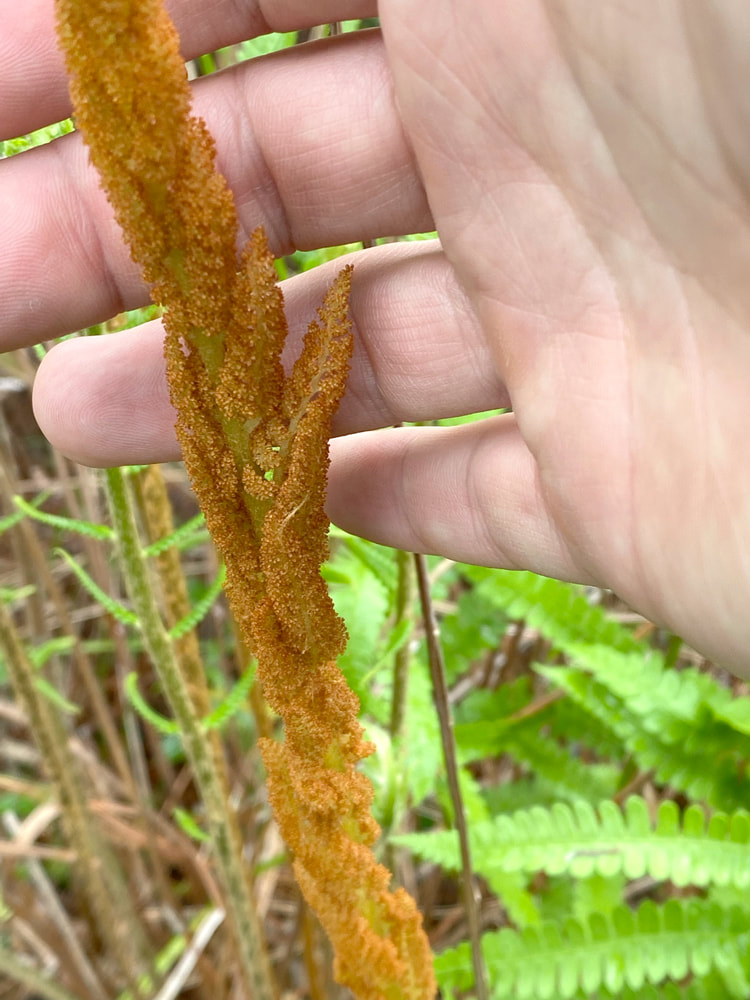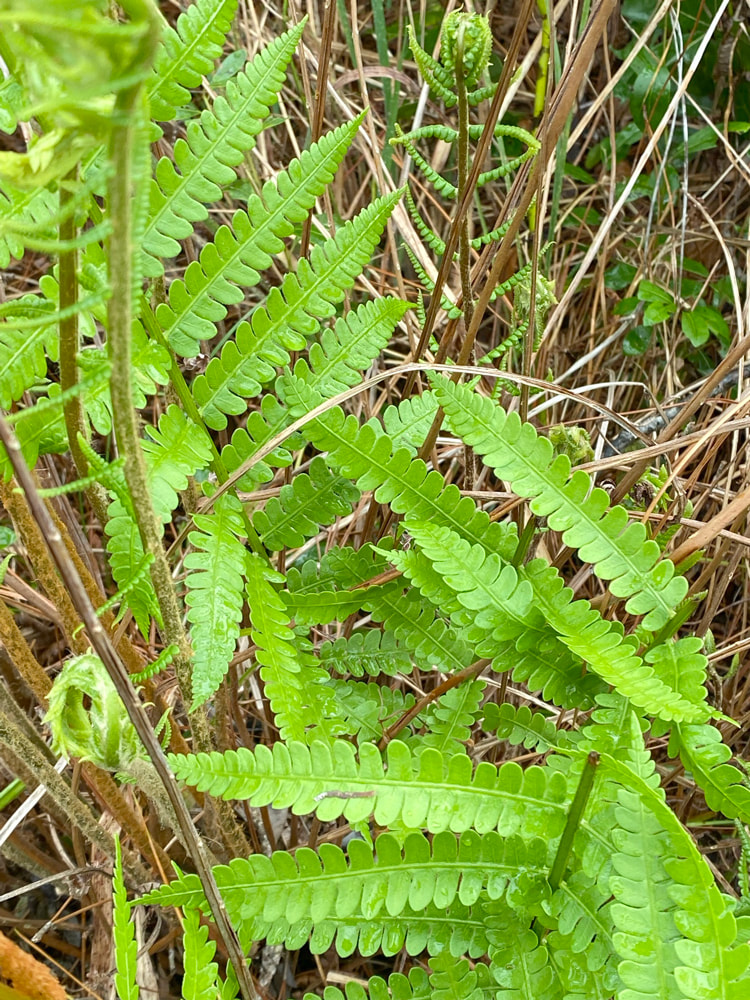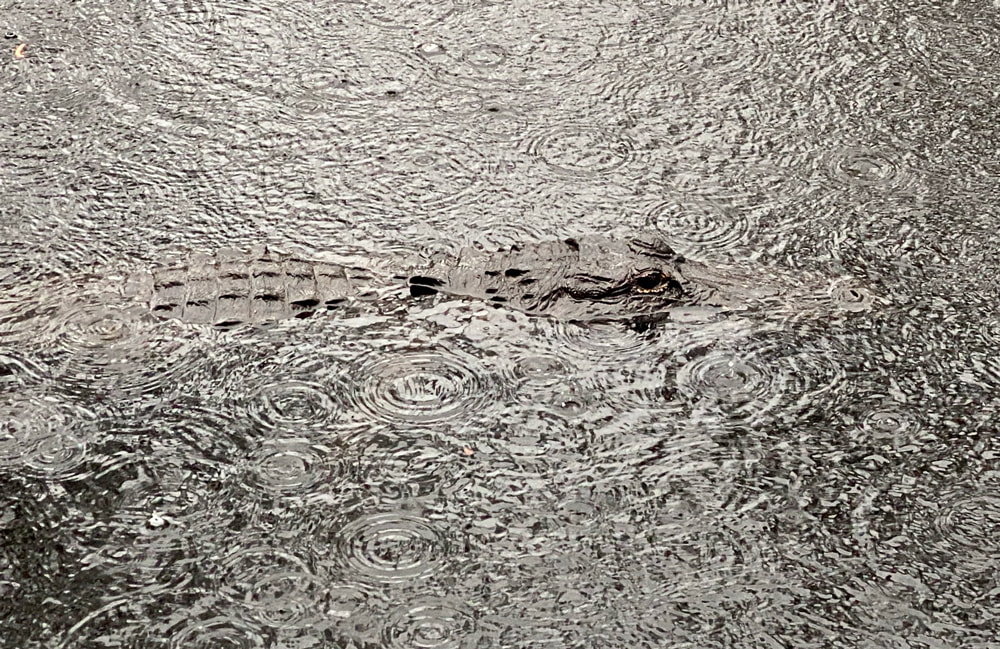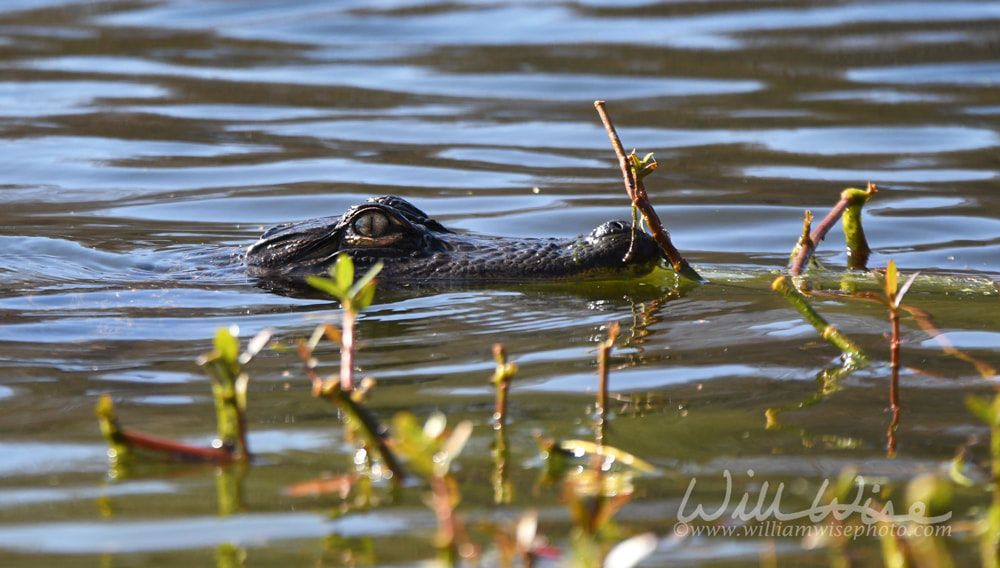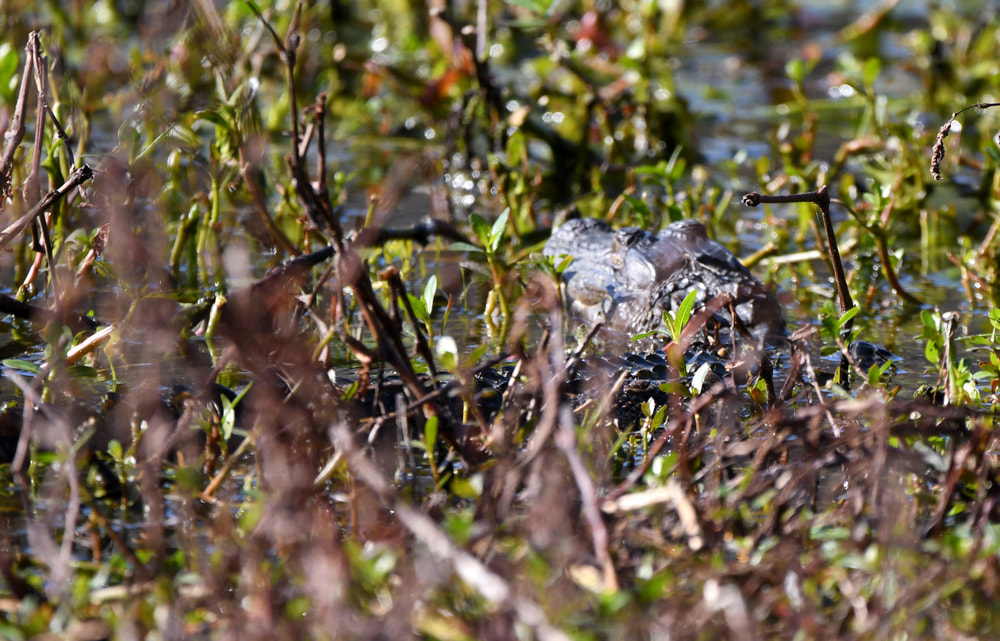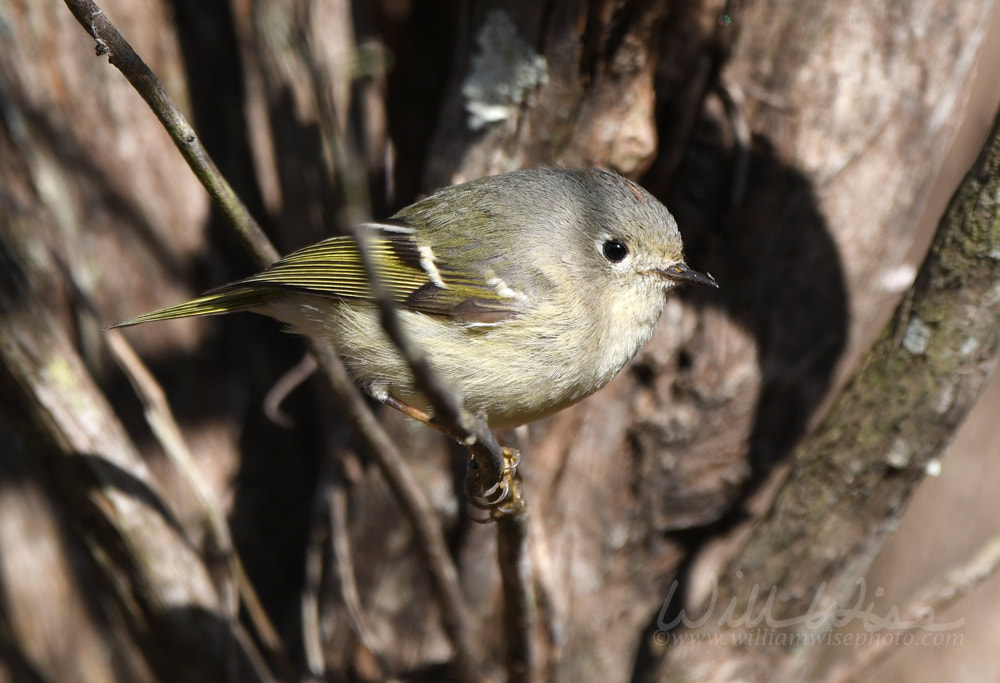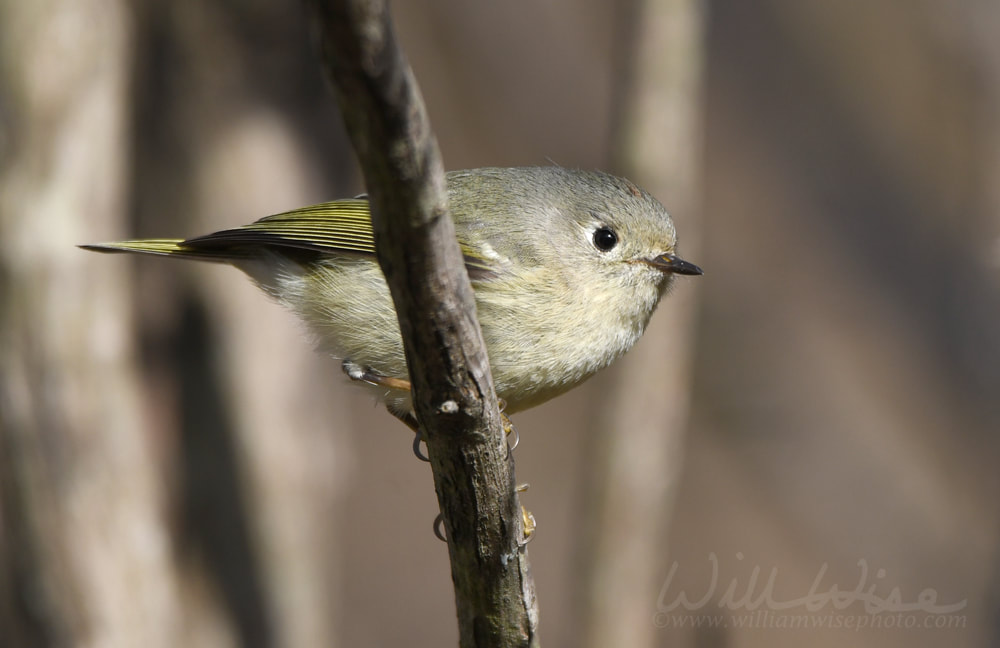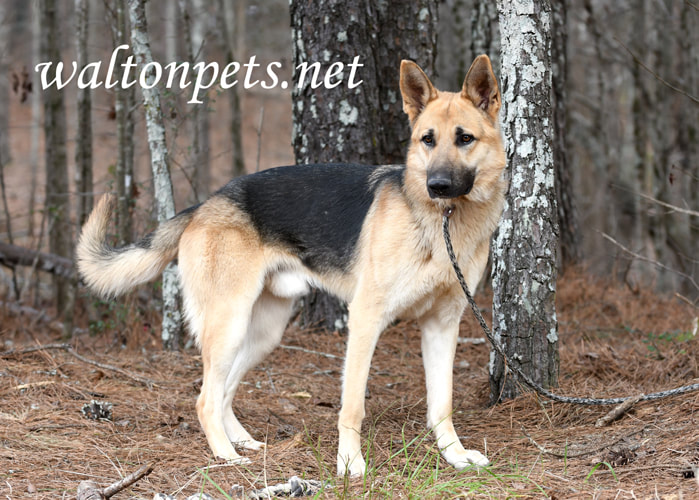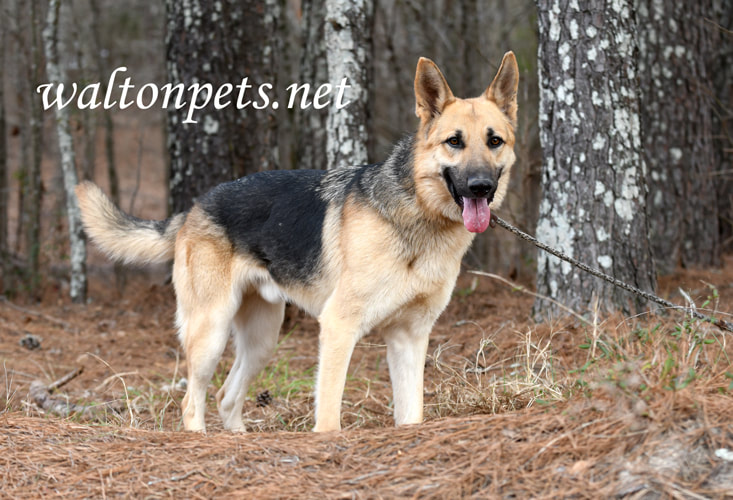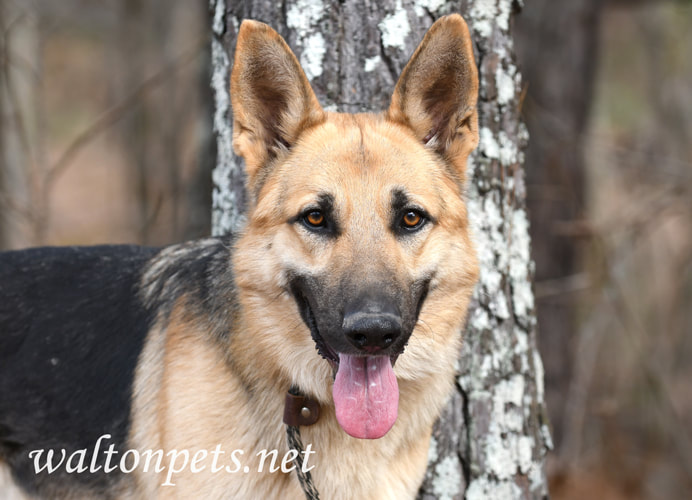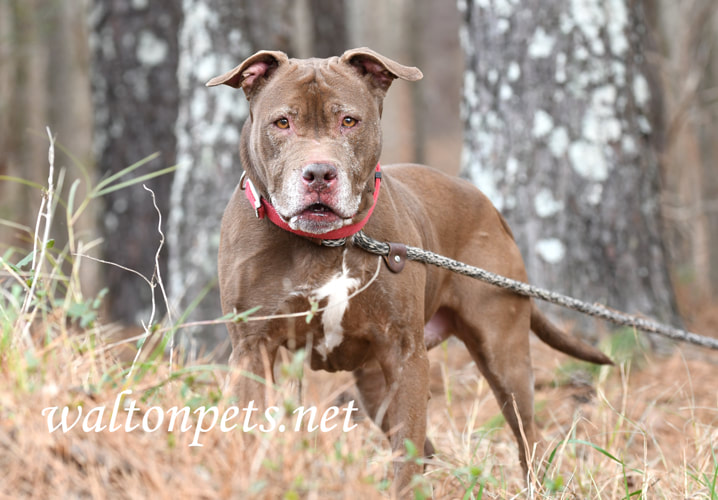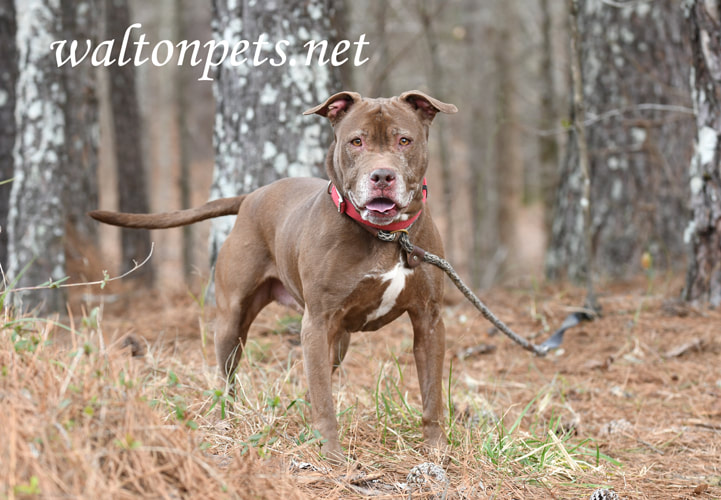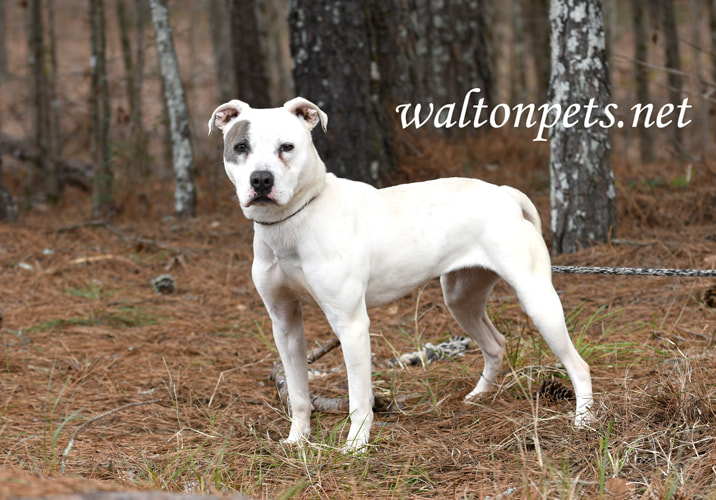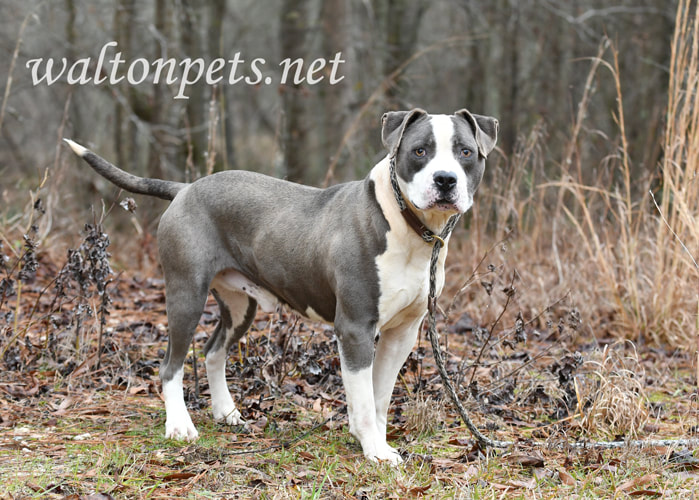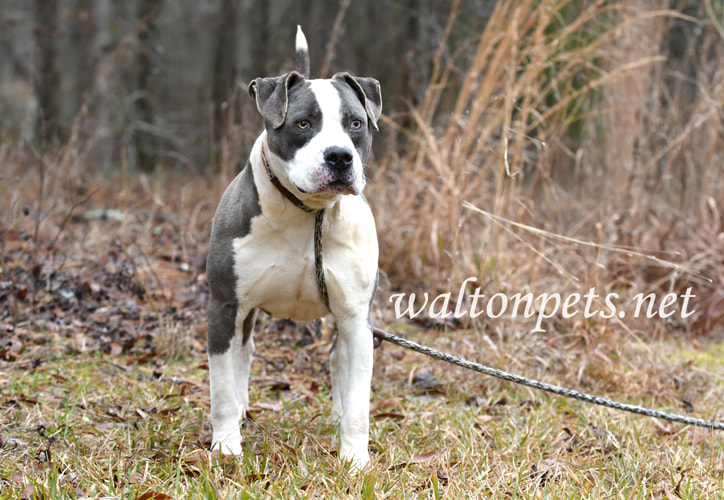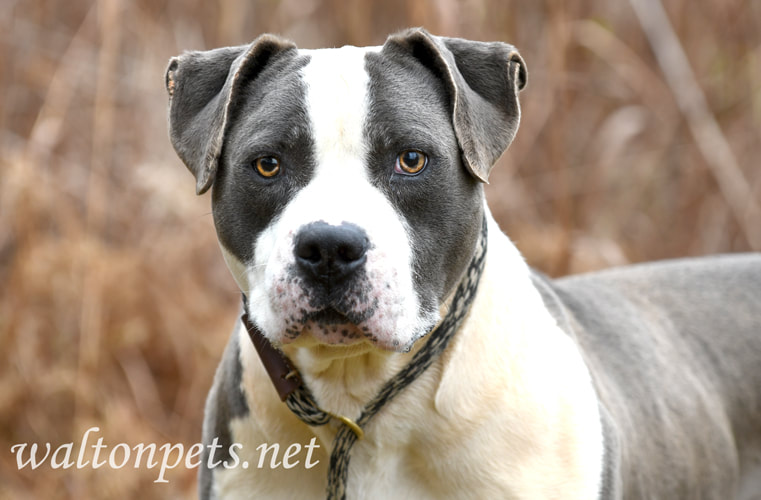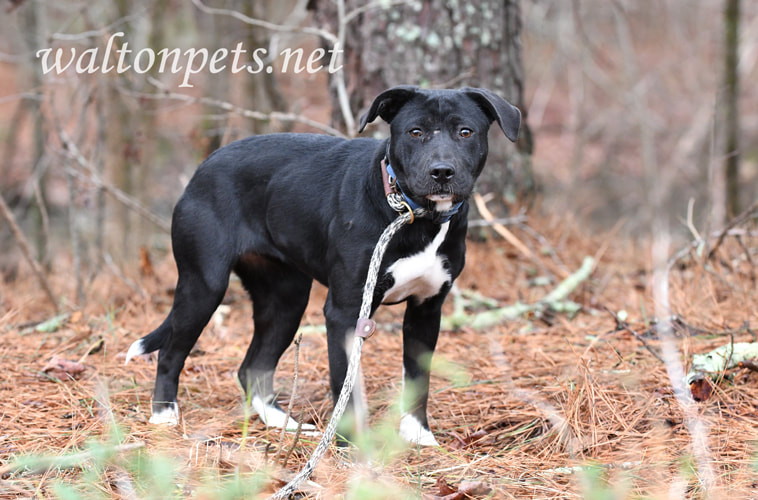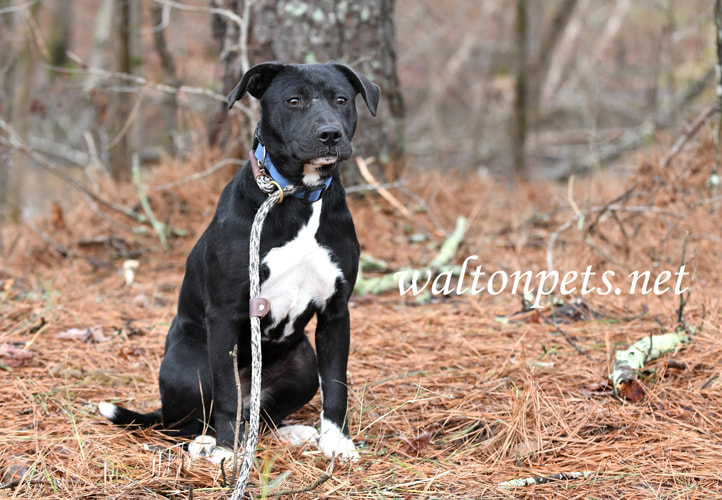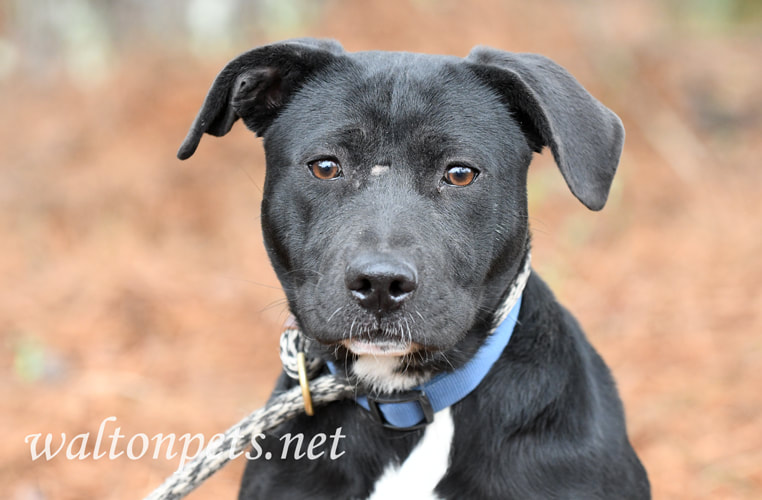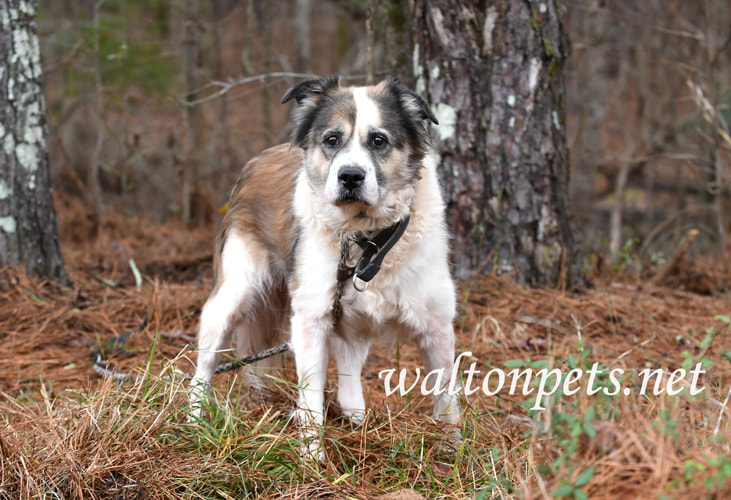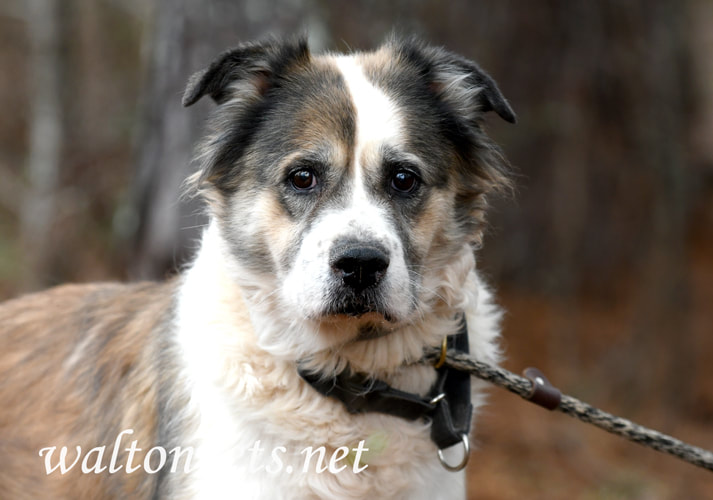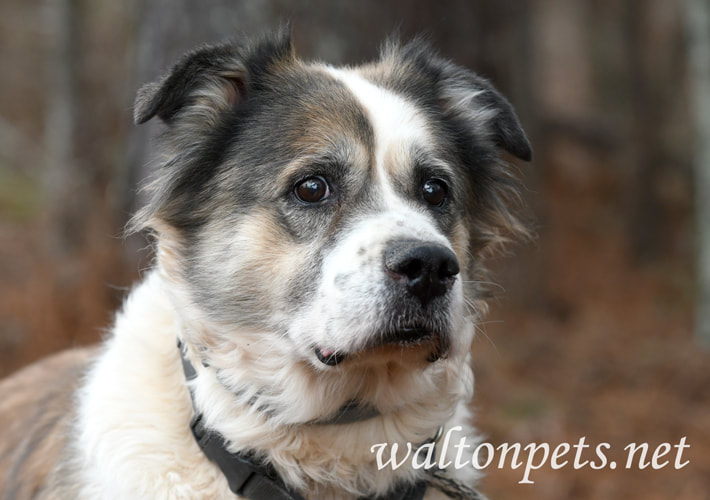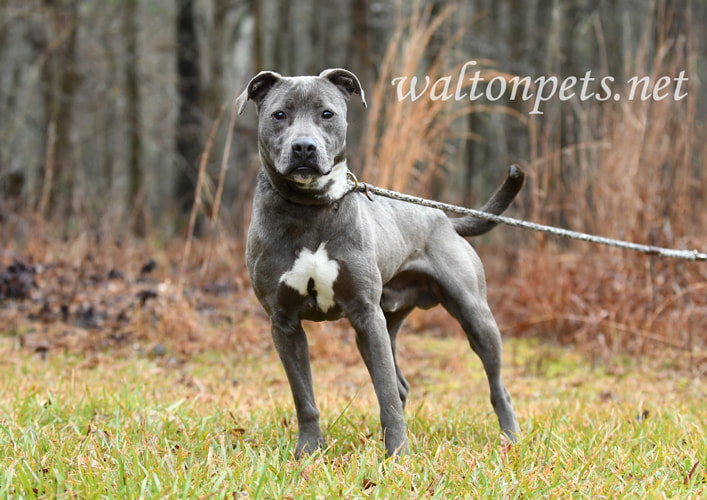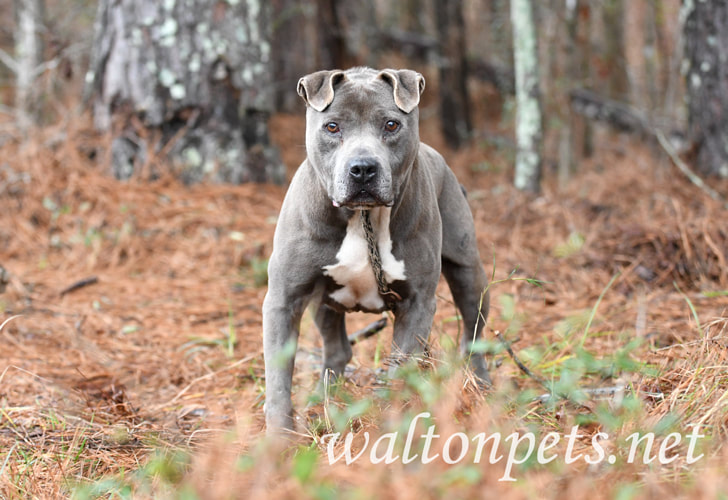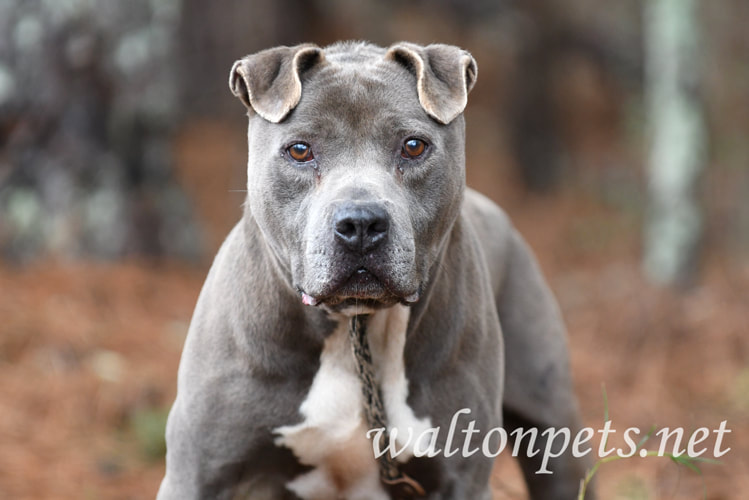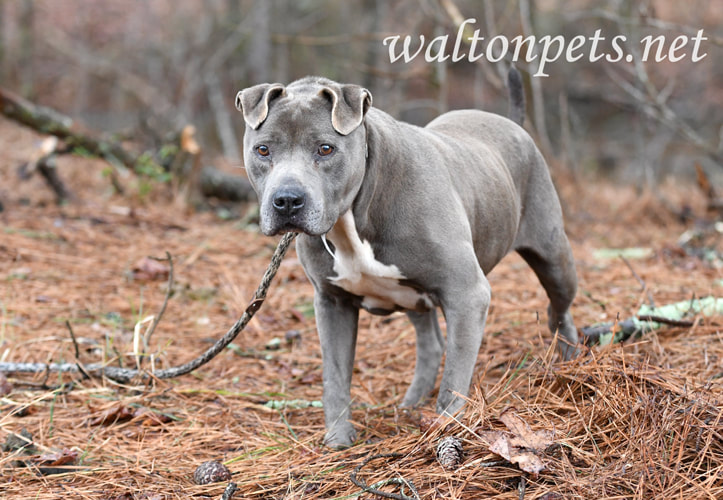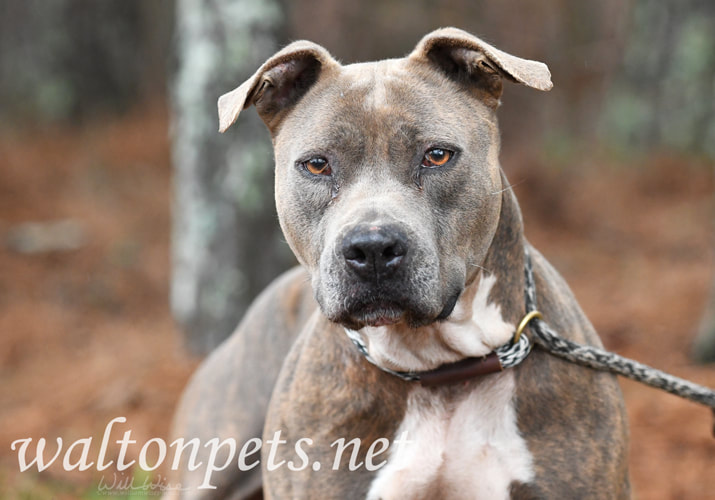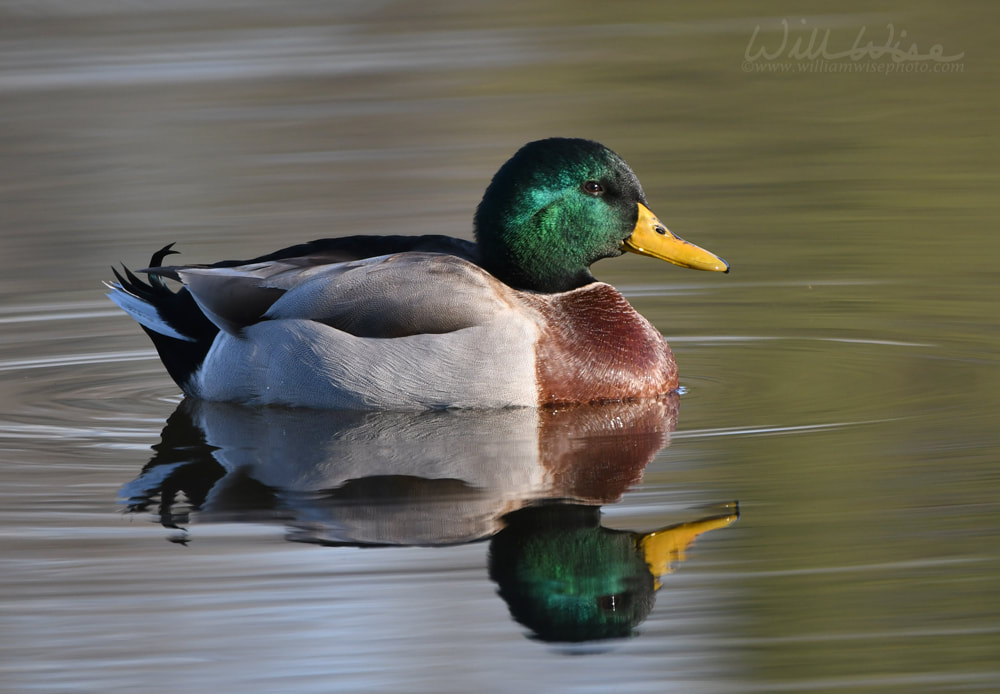 Okefenokee Photography by William Wise. A nature photo journal exploration of Georgia's Okefenokee Swamp, the Land of Trembling Earth, one of the largest blackwater swamps in North America. The alligators, birds, snakes and wildlife of Okefenokee National Wildlife Refuge. -- "What a wildly wonderful world, God! You made it all, with Wisdom at Your side, made earth overflow with your wonderful creations." Psalms 104 The Message A handful of observations along the Chesser Island Boardwalk Trail, Deerstand Trail, Homestead Trail and Ridley's Island Trail in the Okefenokee National Wildlife Refuge, Georgia. Okefenokee National Wildlife Refuge, Georgia. March 9, 2022.
0 Comments
 William Wise Photo Nature Notes is a wildlife, birding and nature photography blog documenting the beauty, design and wonder of God’s creation. -- "What a wildly wonderful world, God! You made it all, with Wisdom at Your side, made earth overflow with your wonderful creations." Psalms 104 The Message Spring is coming! It’s time for the daffodils to bloom, the birds to begin migrating, and the nature photographers to get the equipment ready. But it’s also time for spring marathons! Okay, maybe running extra long distances doesn’t fit in with your lifestyle. But somehow running marathons became another one of my excessive, out-of-balance hobbies. My daughter and I drove up to North Carolina for the annual Wilmington Marathon. The race begins at sunrise near the waves and dunes of Wrightsville Beach. After crossing several bridges, the course heads for downtown Wilmington and, after twenty-six miles, it ends at the convention center. Along the route the race loops Greenfield Lake, a great park for wildlife and birding photography. Knowing that I wouldn’t be carrying my heavy DSLR and telephoto lens during a four-hour run, I went with my daughter for a walk at Greenfield Lake the day before the race. I’ve previously photographed several alligators in the lake and hoped to get some more. Although sunny, it was still a tad cool and breezy, so I only spotted two juvenile alligators, but a myriad of birds. There are always egrets, herons, cormorants, ibis and other water birds at the lake. And the waters are full of turtles! A paved path through well-maintained gardens circles the lake. Playgrounds and gazebos make it a popular place for family outings… and a marathon! The next day, by the time we hit Greenfield Lake during the marathon, we had already run over 17 miles. My daughter was totally spent and I don’t think the beauty of Greenfield Lake registered much in her mind like it had the day before. As I ran, I tried to concentrate on the trees, Spanish moss, flitting birds and budding plants. The solace of the lake and its picturesque view helped me to divert some of the pain developing in my legs. I’m thankful that some of the marathon course wound its way through this park. But I was even happier when the 26.2 miles finally ended and that medal was in hand! Greenfield Lake, Hanover County, North Carolina.  William Wise Photo Nature Notes is a wildlife, birding and nature photography blog documenting the beauty, design and wonder of God’s creation. -- "What a wildly wonderful world, God! You made it all, with Wisdom at Your side, made earth overflow with your wonderful creations." Psalms 104 The Message My New Year’s resolution for 2022 was to finish uploading to iNaturalist my hundreds of my older observations that were made prior to joining iNat in 2018. I also resolved to, month-by-month, improve the narratives of older nature journals and post those in the iNat journal as well. In the past, staring at computer folders of thousands of photos and hundreds of unfinished field notes, it seemed it couldn’t be done and only some progress was made. The only way to get through all those old observations was to not make new ones. There was no way to simultaneously work on the old, and continue to upload the new. Other than an outing to Phinizy Swamp on January 1, and a quick trip to add a lifer Canvasback, I made a sacrifice and really limited my usual backyard photography the first weeks of 2022. But how could I resist the 2022 Great Backyard Bird Count! For day one of the 2022 GBBC, I managed to slip out of the animal shelter where I work for a late afternoon lunch break. It was sunny with a bit of cloud cover, making for some good lighting for photography. The wind was pretty brisk and chill, which limited the birds’ activity some, but not completely. Passing by the spot where my feeders have hung empty for several weeks, I was surprised to find a bustle of activity in the dry, tangled briers below. Several Song Sparrows and White-throated Sparrows flitted about. I gave a little pishing and out popped a very inquisitive Ruby-crowned Kinglet. Down by the beaver swamp, a trio of Wood Ducks whistled off into the air before I even knew they were there. And, of course, the boisterous calls of Carolina Wrens filled echoed across the grounds while dozens of vultures circled in the winds high overhead. In all, a tally of 18 taxa on a 30 minute walk. Not too impressive, but at least I got outside for day one of the Great Backyard Bird County. Walton County, Georgia. February 18, 2022. Day 2, February 19, 2022Sunny morning with a bright light blue sky, but a brisk breeze and frost on the rooftops. I filled my backyard feeders, put on a coat and a hat, and sat 30 minutes for a morning count on the back patio for day two of the Great Backyard Bird Count. Clarke County, Georgia DAY 3, FEBRUARY 20, 2022Clarke County, Georgia  Animal Shelter Furtography is my collection of pet photography from the humane society animal shelter to find new homes dogs and cats needing rescue or adoption. The photographs are posted on several national pet adoption websites. "Shadow" was a handsome German Shepherd Dog picked up stray by an animal control officer on February 8, 2022. We had a dog adoption photography session together on February 16, 2022. His owner never came to claim him and he was adopted into a home! 
Animal Shelter Furtography is my collection of pet photography from the humane society animal shelter to find new homes dogs and cats needing rescue or adoption. The photographs are posted on several national pet adoption websites.
"Pork Chop Annie" was a senior chocolate Pitbull Terrier mix dog that was surrendered to the animal control shelter by her owner on February 1, 2022. I did her pet adoption photography session the following day and she was picked up by a rescue group on February 9, 2022!

Animal Shelter Furtography is my collection of pet photography from the humane society animal shelter to find new homes dogs and cats needing rescue or adoption. The photographs are posted on several national pet adoption websites.
"Coco" was really cute Pitbull mix dog surrendered to the animal shelter by her owner on January 31, 2022. I did her pet adoption photography session on February 2, 2022 and she was rescued two days later!

Animal Shelter Furtography is my collection of pet photography from the humane society animal shelter to find new homes dogs and cats needing rescue or adoption. The photographs are posted on several national pet adoption websites.
"Willow" was a happy and loving Pitbull mix breed dog that was surrendered to the animal shelter by her owner on January 28, 2022. Willow and I had her outdoor pet adoption photography session on February 2, 2022 and she was rescued seven days later!
 Animal Shelter Furtography is my collection of pet photography from the humane society animal shelter to find new homes dogs and cats needing rescue or adoption. The photographs are posted on several national pet adoption websites. "White Boy" very nice looking blue and white American Pitbull Terrier dog that was surrendered to the animal shelter by his owner on January 18, 2022. He was a perfect gentleman when I took him outside for his adoption glamour photos. He struck several handsome poses which got him adopted into a new home on January 25, 2022! 
Animal Shelter Furtography is my collection of pet photography from the humane society animal shelter to find new homes dogs and cats needing rescue or adoption. The photographs are posted on several national pet adoption websites.
"April" was a cute little Labrador Retriever mix breed puppy picked up by an animal control officer on January 15, 2022. I had fun with her doing her outdoor adoption photos on January 21 and she was rescued from the shelter on January 24, 2022!

Animal Shelter Furtography is my collection of pet photography from the humane society animal shelter to find new homes dogs and cats needing rescue or adoption. The photographs are posted on several national pet adoption websites.
We can’t stop the wheels of time. But thankfully there can be a happy ending in a sad situation…
Poor "Trixie" was surrendered by her owner to the animal shelter on January 19, 2022. She was an older Saint Bernard mix dog that was with an older couple for many years. But then the cycle of life rolled on and one of Trixie’s owners passed away. The deceased owner’s spouse was then moving to a care home and Trixie couldn’t go along. So, Trixie also bereaved of family and home. She was in need of a new family where she could give and receive love. I met Trixie at the animal shelter for her adoption photography session on January 21, 2022. I could immediately discern that she was a calm and affectionate girl upon first introduction. But I could also see a little fear in her eyes, being newly brought into a strange environment away from her accustomed home. I brought her outside and gently reassured her before starting our photo session. Her long tan and white coat was so soft. After a few minutes of gentle petting and soft talk, she was ready for a few adoption photos. In addition to the photos, I recorded a short video of her interacting with one of the other shelter dogs. She was calm and gently wagging her tail. But the ringer was when she looked up at the camera with deep, sad brown eyes. It was enough to catch the attention of a non-profit rescue and she safely left the animal shelter on January 24, 2022!  Animal Shelter Furtography is my collection of pet photography from the humane society animal shelter to find new homes dogs and cats needing rescue or adoption. The photographs are posted on several national pet adoption websites. "Blake" was young blue Pitbull and silver Lab mix breed puppy dog picked up stray by an animal control officer on January 18, 2022. He was adopted into a new home on January 21, 2022.  Animal Shelter Furtography is my collection of pet photography from the humane society animal shelter to find new homes dogs and cats needing rescue or adoption. The photographs are posted on several national pet adoption websites. "Jade" was cute young girl picked up stray January 18, 2022 by an animal control officer. She had a nice collar, but no ID tag or microchip to find her owner. So I brought her outdoors on January 20, 2022 for her Furtography session.
It can sometimes be a challenge coming up with names for the stray dogs. But even harder at times is figuring out their breed! Most of the adoption websites require listing the dog breed so potential adopters can search for them. In Jade's case, I was at a loss. The word "mutt" seems so derogatory, but we truly had no idea what breed mix she may be: Collie? Cattledog? Basenji??? In the end, it doesn't really matter. She was a cute dog with lots of love and needed a new home. That's all that matters. She was a tad uncomfortable during her photo session, but who can blame her. She was in a strange situation with unknown people. I got a few decent photographs without too much worry in her eye and posted those on the rescue websites. She was rescued by Rescue Me Georgia on January 24, 2022!  Animal Shelter Furtography is my collection of pet photography from the humane society animal shelter to find new homes dogs and cats needing rescue or adoption. The photographs are posted on several national pet adoption websites. When trying to rehome unwanted dogs from the animal shelter, great photography is invaluable. But there are times when photographs alone fall short… JoJo was one of the many Pitbull dogs that end up in animal shelters nationwide. His family fell on hard times and JoJo was surrendered by his owner on January 19, 2022. American Pitbull Terriers are gorgeous dogs. They are short and muscular and usually have a shiny, sort coat. But at times, they can appear too tough. That, coupled with their reputation as fighting dogs, can make it quite difficult to get them adopted into new homes. JoJo was an older boy, and had that nice, wide Pitbull stance. He was quite handsome, but as he stared into the camera lens, the photos didn’t do a good job of portraying his soft side. We then had to stress in his written narrative that JoJo was a family dog. His owner said he loved kids and loved his toys. He would always wait out front yard for the children in his family to get off the school bus in the afternoon and romp and play with them until they had to go in for dinner and homework. Thankfully, his photographs and his touching narrative pulled the heart strings of a non-profit, no-kill rescue group. He safely left the animal shelter and on his way to a new home on January 26, 2022.  Animal Shelter Furtography is my collection of pet photography from the humane society animal shelter to find new homes dogs and cats needing rescue or adoption. The photographs are posted on several national pet adoption websites. "Athena" as a pretty pitbull surrendered to the shelter that I photographed on January 20, 2022.  William Wise Photo Nature Notes is a wildlife, birding and nature photography blog documenting the beauty, design and wonder of God’s creation. -- "What a wildly wonderful world, God! You made it all, with Wisdom at Your side, made earth overflow with your wonderful creations." Psalms 104 The Message My eBird alert for a species I didn't have in Walton County went off! A Canvasback had been listed by several users at the Braswell Church Road cattle ponds hotspot, so I had to go hunt it down. Upon arrival, the ducks were all at such a distance I couldn't really see them clear. So I fired away and scanned the shots back at home. Luckily, I got the Canvasback!
|
Categories
All
Archives
September 2025
|
|
All content is ©williamwisephoto.com. Please don't steal images. My images are available at dreamstime.com. Stock sales go into the shelter photography program.
|
In December 1993 I came to know the Designer and Creator of this wonderful planet and its creatures: Jesus Christ.
|
Donations help support the animal shelter adoption photography equipment and adoption website hosting and domain fees. Thanks for your support!
|








